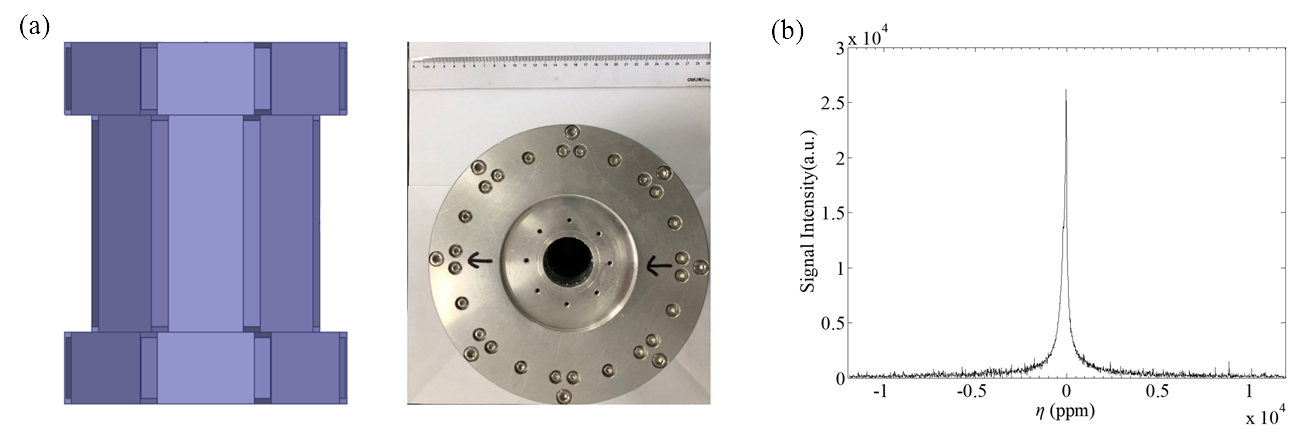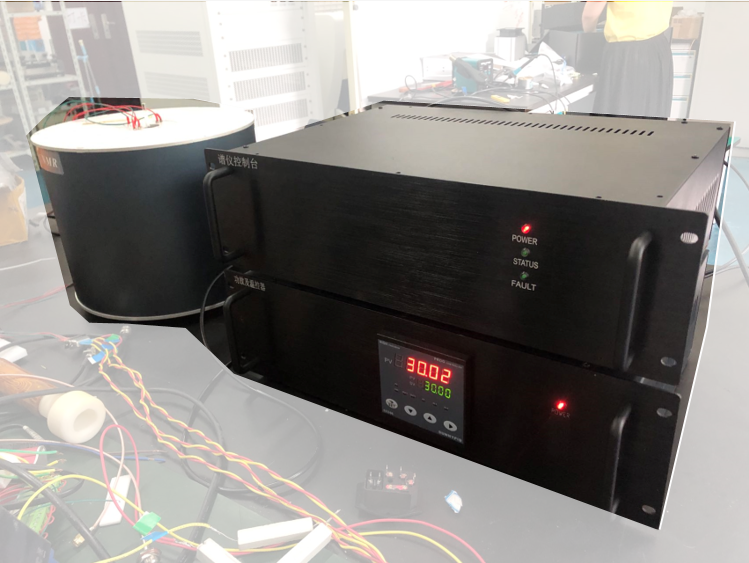
The team, led by YANG Xiaodong, established the design and optimization model of multilayer Halbach magnets based on the derivation of the equation of magnetic field distribution of single-layer Halbach magnets.
Halbach array magnets are permanent magnet configurations consisting of multiple blocks with different magnetization directions assembled according to a regular pattern. With the advantages of high material utilization, high homogeneity and small stray fields, they are widely used in scenarios requiring compact size, mobility, real-time and in-situ detection.
Core scientific questions such as how the magnet geometry parameters and the block's own errors affect the magnetic field performance still need to be addressed. Therefore, it is urgent to find a more general design theory method for the design of multilayer Halbach magnets.
In this study, YANG and his team simplified the design of multilayer Halbach array magnets. The simulation verifies the optimization results based on different radii, the length of each Halbach array layer and the spacing of each layer magnet.
They also designed a 1T-Halbach array magnet consisting of three layers of Halbach magnets to verify the theoretical results. A homogeneity of 220 ppm was achieved in a five mm standard MR tube after adjusting the position of the movable magnet block in the magnet.
This work provides a theoretical basis for the design of multilayer Halbach array magnets, maximizes homogeneity and minimizes the use of magnet materials.
"It improves magnet fabrication efficiency, reduces magnet processing costs, and promotes the research and application of highly homogeneous Halbach magnets in portable MR devices," said YANG.
The researchers have developed several sets of Halbach magnets based on this design theory, such as 0.5 T and 1 T. Among them, the Halbach-based compact permanent magnet desktop MR spectrometers was provided to the teams of Huazhong University of Science and Technology and East China Normal University, with the magnet weight within six kg and the field homogeneity within 20 ppm after passive shimming.
They have implemented active shimming on another 0.5 T magnet system with field homogeneity up to 0.5 ppm. Subsequently, it is expected to design and develop highly homogeneous Halbach magnets up to 2 T based on this theory, which will lay the foundation for the development of high-performance desktop MR instruments.
The results were published in the Journal of Magnetic Resonance with the title of "Theoretical foundation for designing multilayer Halbach array magnets for benchtop NMR and MRI".
This work was supported by the National Natural Science Foundation of China and the Natural Science Foundation of Shandong Province.

Theoretical model of multilayer Halbach array magnets (a) and magnetic field homogeneity compensation model (b) proposed in the study. (Image by SIBET)

Magnet designed based on this theory (a) and the measured spectral lines based on this magnet (b). (Image by SIBET)

0.5 T Desktop MR system. (Image by SIBET)

86-10-68597521 (day)
86-10-68597289 (night)

52 Sanlihe Rd., Xicheng District,
Beijing, China (100864)

